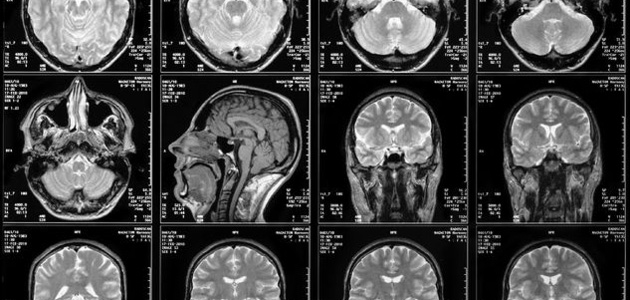Our brain is made up of hundreds of millions of tiny interconnected cells called neurons. At any one time millions of these are firing in a complex number of ways producing the unique patterns that result in our subjective experience of memories, emotions, sensory experiences and ideas.

We are a long way from being able to fully understand, predict and interpret these patterns with any accuracy. However, brain imaging has nevertheless enabled us to see that at least certain tasks are more often located in specific areas of the brain. Thus psychologists have been able to categorise the brain into certain regions and to use brain imaging such as fMRI and CAT scans in order to get a ‘peak’ into what’s happening in there at any given time.
These brain regions are somewhat arbitrary and based on limited understanding, but they are nevertheless a useful framework for understanding the function of the brain. Here we will look at the basic different areas and the roles they each play.
The Three Main Parts
The brain is made up of three main parts. These are the forebrain, midbrain and hindbrain. The forebrain in turn is comprised of the cerebrum, the thalamus and hypothalamus (which is part of the limbic system). This is the area that is mostly responsible for our ‘higher order’ thoughts and emotions which separate us from other animals.
The midbrain meanwhile is made up of the tectum and tegmentum, while the hindbrain is the cerebellum, pons and medullar. Together the areas of the midbrain and hindbrain make up what’s known as the ‘hindbrain’.
The Cerebrum: The cerebrum is the largest part of the brain and is the bit where our thoughts and real cognition takes place. It itself has four lobes – the frontal lobe, parietal lobe, occipital lobe and temporal lobe.
The frontal lobe is associated with reasoning, planning, speech, movement and problem solving. The parietal lobe is used for movement, perception of stimuli and orientation. The occipital lobe found towards the back is used for visual processing and the temporal lobe is also used for perception as well as auditory stimuli, speech and memory. The brain is highly wrinkled (it’s called ‘cortical folding’) because this allows it to increase its surface area.
The cerebrum is also separated by a kind of ‘valley’ which creates the left and right hemispheres. These are almost symmetrical but have slightly different roles. The two are connected by a thick bundle of axons called the ‘corpus callosum’.
The ‘neocortex’ is a ‘recently evolved’ structure within the cerebrum which is associated with higher functioning and only exists in mammals. It is the largest structure within the cerebrum.
The Cerebellum: This means ‘little brain’ and like the cerebrum has two hemispheres and a folded surface. It is used to regulate and coordinate movement and balance. In terms of our evolution it has been around longer than the cerebrum and is found in reptiles.
The Limbic System: This is the ’emotional’ part of our brain and is another older part of the brain. It contains the thalamus, amygdala, hypothalamus and hippocampus. Each of these controls the release of neurotransmitters and hormones associated with emotions.
Brain Stem: The brain stem is the hidden beneath the limbic system and is what controls our most basic functions including breathing, regulating our heartbeat and maintaining blood pressure. If you look at animals like reptiles, you will see that their entire brains resemble our brain stem.
So there you go, a very rough guide to the structures of the brain. So next time you’re lost in thought, use this map to help find your way back…



